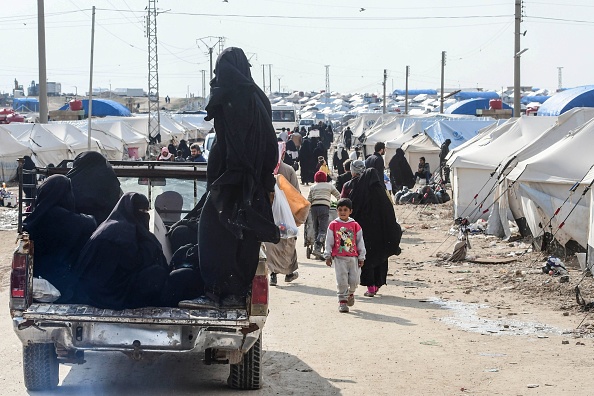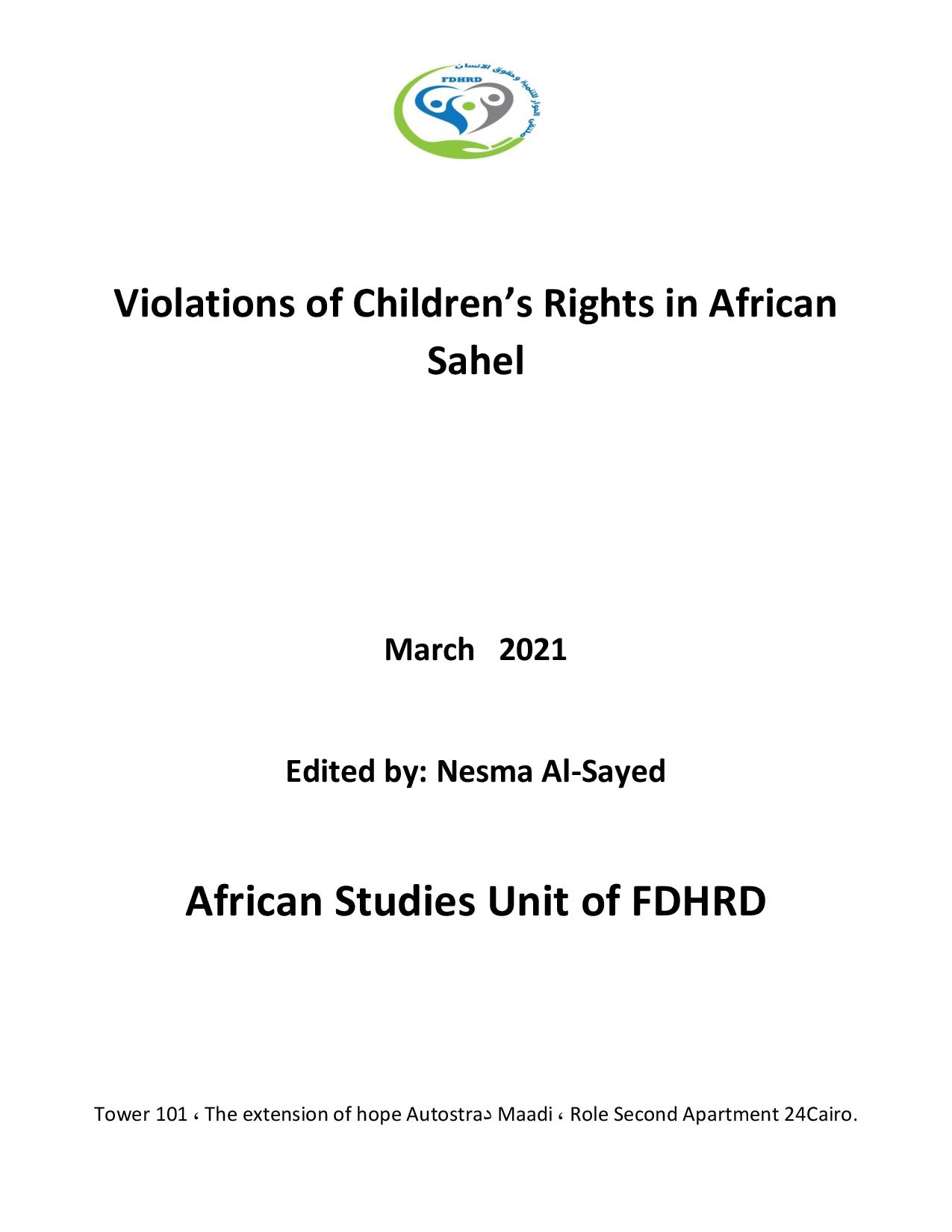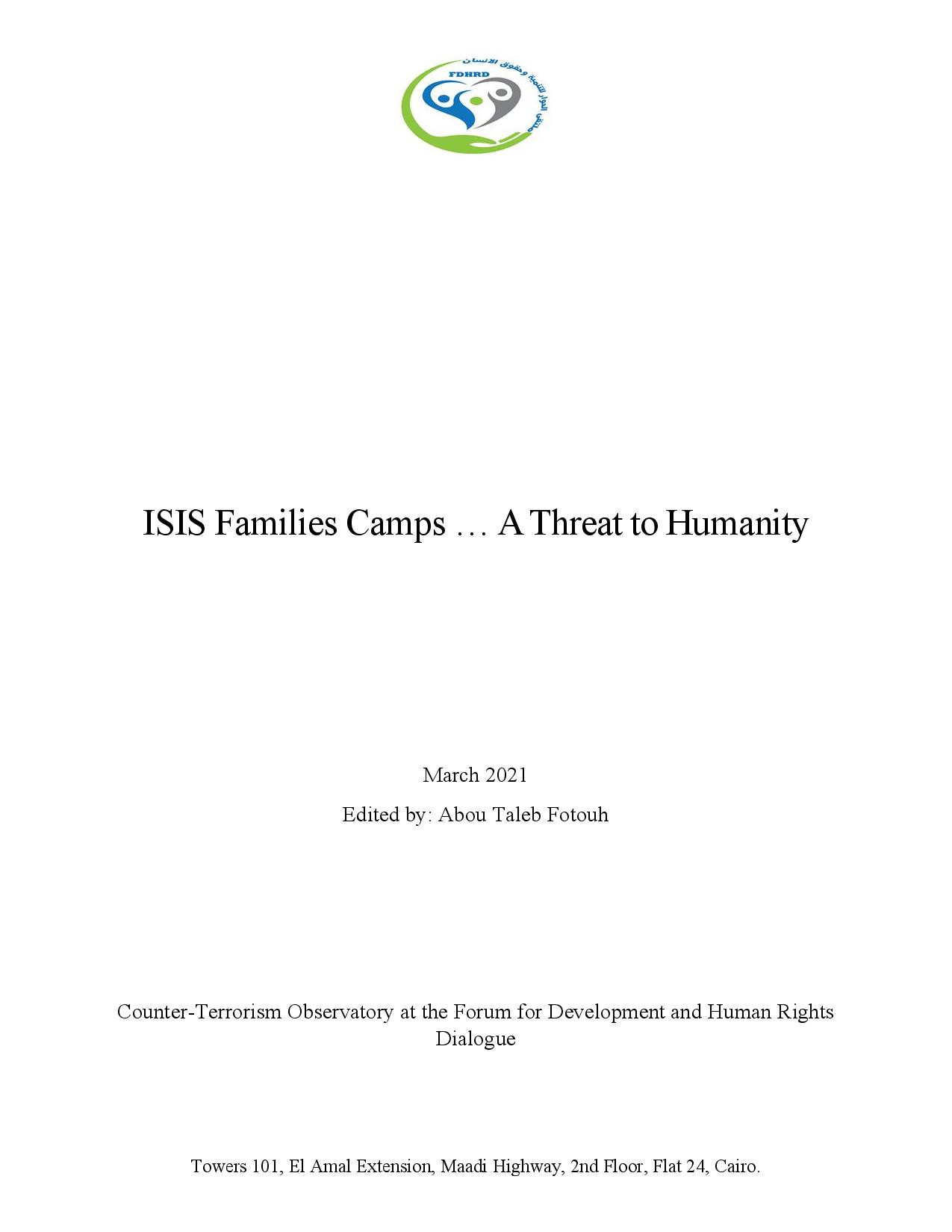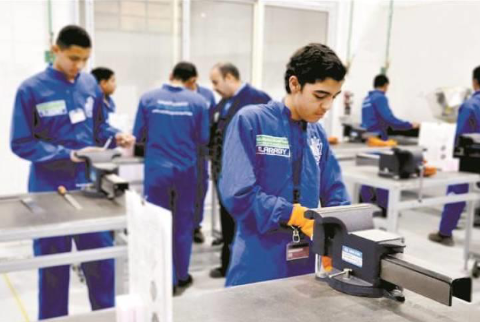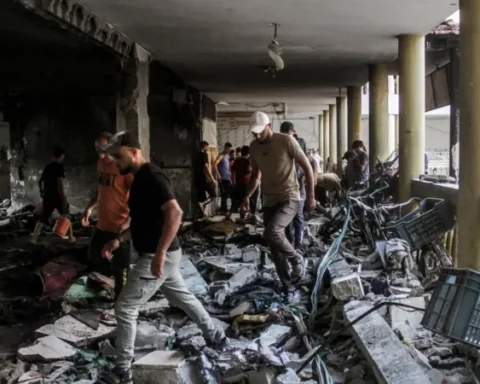Sunday, March 28, 2021
Press Release
———————————————–
On Sunday, March 28, 2021, the “Counter-Terrorism Watch “of the Forum for Development and Human Rights Dialogue issued a report entitled “ISIL Families…. A threat to humanity.”
The report stressed that despite the military defeat of ISIL, its ideological strength remains, and many politicians and analysts fear that the jihadist group will remain a threat in the Middle East and beyond with ISIL camps – on the Iraqi and Syrian borders- as a time bomb with ISIL families of children and women of different nationalities carrying within them the seeds of radical jihadist ideology as a more dangerous and harsher nucleus of ISIL’s birth.
The report noted that the numbers of ISIL families (children- women) are estimated at about 92,000 (Iraqis and Syrians), in addition to 13,000 (foreigners) of different nationalities, bringing the total families of the ISIL camps to 124,000.
Most of the ISIL camps in Syria and Iraq are under the administration of the Kurdish authorities (called the SDF), which do not have sufficient resources to control and control so many people, while ISIL camps in Libya are under the authority of the Libyan government, the report said.
The report also stressed that “ISIL” detainees in ISIL camps show no signs of remorse, and even worse, some of them try to raise their children as “time bombs to build a new generation of ISIL! “. In addition, there is a major disaster: women in the migrant section marry the children in the camp as soon as they come of age.
These children, known as the children of the caliphate, carry the seeds of “extremist jihadist” ideology expected in the world in the next phase to be the nucleus of future ISIL groups.
The report described the current situation of ISIL camps in Syria, Iraq and Libya, as well as the international position and the position of the organizations on the issue.
With regard to the U.S. position on the issue, the report noted the United States of America announced the formation of an international coalition to fight ISIL in 2014, and the U.S. forces succeeded in achieving many military victories over the organization, and the U.S.-led international coalition implemented a comprehensive strategy against ISIL, including stopping the flow of foreign fighters to and from Iraq and Syria,confronting ISIL messages on social media, enhancing security in prisons and camps for displaced persons and providing stability and humanitarian assistance to liberated areas.
The report stressed that the move to evacuate the ISIL camps will impose serious repercussions on the regional and international level, most notably the return of ISIL forces and sleeper cells to take control of the area in northern Syria – gradually – fully, and the emergence of a new generation of ISIL, and the continuation of children inside the camps, will turn them into terrorist elements.
With regard to the Turkish position on the issue, the report explained that Ankara has provided support to the Syrian opposition on several levels and dimensions, and hosted more than two million Syrian refugees under the open-door policy and is believed to have provided weapons to some military factions, particularly free army groups in northern Syria and Turkmen factions, although this was not authorized.
Turkey is also part of the U.S.-led coalition against ISIL, but has strongly opposed Washington’s support for the SDF and tried to prevent it from taking control of Syria’s northern border.
The report also noted that Turkish military operations against Kurdish authorities have significantly weakened control of ISIL camps and prisons.
Turkey’s recent military incursion into Syria has contributed to favorable conditions for the group’s revival, as Turkey began its incursion into Syria late last year with the aim of creating a “safe zone” on the border within SDF territory.
The report confirmed that it was Turkey that pushed terrorists towards the Syrian border to strike at the institutions and achievements achieved by the Kurds democratically in the past eight years
With regard to Iran’s position on the issue, the report explained that Iran considered the terrorist organization “ISIL” to be more dangerous to it than other extremist groups on its borders, due to several reasons, the most important of which is the progress made by ISIL and its geographical control over many areas in a short period of time.
The report also showed that Iran has moved in Iraq to increase its influence by supporting various Shiite militias across the country, using thousands of militiamen armed and trained by Iran, as well as thousands of new recruits who have volunteered for this purpose, and the Iranian Quds Force, in coordination with Lebanese Hezbollah militias and Iran’s Popular Mobilization Militias, is coordinating to transport hundreds of ISIL militants from Syria to Iraq and provide them with weapons and ammunition as part of an Iranian plan to restore life to the terrorist organization. Iran has also used tunnels belonging to the terrorist organization ISIL in Iraq to store weapons and equipment for the Afghan Fatimid militia in Syria, Iran’s second largest force in Syria after Hezbollah.
The report concluded with a number of recommendations, the most important of which were:
- To increase Aid immediately for all residents of al-Hol camp, which is under the control of the Kurdish administration, which is holding thousands of families of ISIL fighters.
- Require states with citizens detained inside the camp to help secure their return to their homes if they choose to do so.
- Ensure the practice of detention in accordance with the law, and protect the fundamental rights of detainees under international law, including judicial review of detention.
- Intensify integration programs for Syrian children who have lived under ISIL.
- Directing efforts towards psychological and educational support services in the campurgently.
- Continue to work to document violations that take place in the camp by civil society organizations.
- § “The longer they are evacuated and rehabilitated, the greater the risk that children will adopt extremist ideology and be affected by the environment that fosters terrorism.”
- Society should “stay away from stigmatizing the children of ISIL militants, because it has a negative impact on their path, and to be content with the term children who have lived in armed conflicts.”

